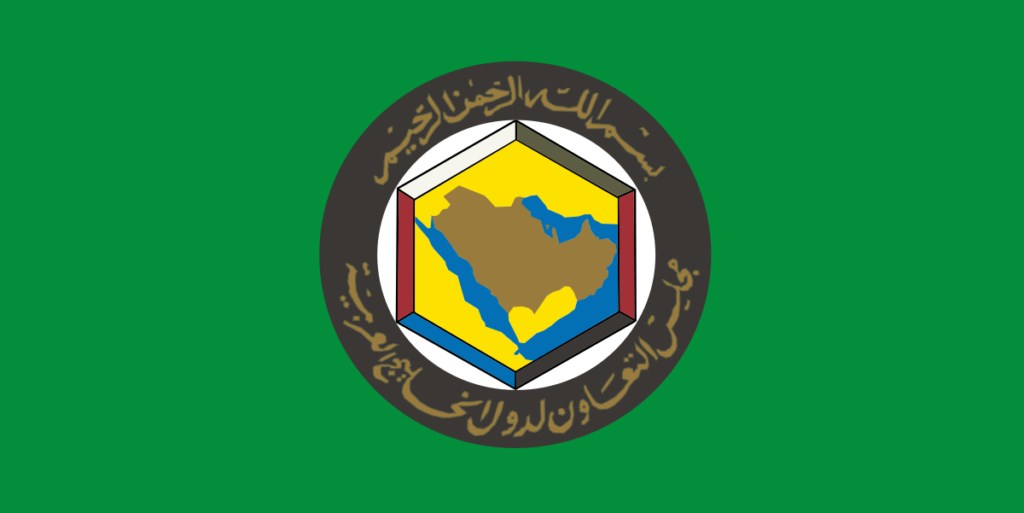 The Gulf Cooperation Council comprises six Middle Eastern countries and was established in 1981 to achieve political and cultural unity among the participating nations, which share a belief in Islam. While the countries—Saudi Arabia, Qatar, Bahrain, Oman, Kuwait, and the United Arab Emirates (UAE)—have political, economic, religious, and cultural ties, they will soon be further connected by the GCC rail network. Below are four major points you need to know about this ambitious infrastructure project and its status.
The Gulf Cooperation Council comprises six Middle Eastern countries and was established in 1981 to achieve political and cultural unity among the participating nations, which share a belief in Islam. While the countries—Saudi Arabia, Qatar, Bahrain, Oman, Kuwait, and the United Arab Emirates (UAE)—have political, economic, religious, and cultural ties, they will soon be further connected by the GCC rail network. Below are four major points you need to know about this ambitious infrastructure project and its status.
Targeted Completion Date of 2021
The GCC rail network is the flagship project among many ambitious and comprehensive railway infrastructure plans in the region. As of 2017, active and planned rail projects across all six participating countries had a combined value of $240 billion, which accounted for nearly 70 percent of the $352 billion worth of planned infrastructure projects in the GCC. The six countries agreed to share the total cost of an estimated $15 billion for the GCC rail network in proportion to the main line’s length in each nation, meaning the UAE and Saudi Arabia will pay a considerable amount more than the other four GCC countries.
While the vision is to have an entire rail network linking all six countries, each individual nation will develop its own branches, freight terminals, and stations to feed the core network. The most recent estimate for a completion date, given by Khalid al-Olayan, a representative of the General Secretariat of the GCC, targets December 2021, although Bahrain and Kuwait aren’t expected to join the network until 2023.
Originally Expected to be in Operation by 2017
Prior to the announcement of the rail network, Saudi Arabia was the only GCC country to have preexisting railway infrastructure. While some might consider that a detriment to the proposed plan, it actually presented the GCC with the opportunity to build a unified network without dealing with variations in signaling systems and potential political stumbling blocks.
When the project was first announced in December 2009 at the 30th annual GCC summit in Kuwait City, officials targeted an operational date of 2017, with construction beginning in 2013 following two years of engineering design. At the time, partnering countries like the UAE and Qatar established and selected entities to manage their portion of project, while Yemen considered joining the network, though it has never been part of the GCC. Since then, there have been several challenges that have forced officials to push back the expected completion date.
Political Problems and the Price of Oil

Photo by Chris Liverani on Unsplash
In the midst of a political crisis that has caused a rift between some of the countries involved in the project, Abdullah Belhaif al-Nuaimi, the infrastructure development minister for the UAE, stressed that he still expected the rail network to be operational by 2021. “It’s going forward. We still have small hiccups here and there but the project, hopefully, is going forward,” he told Reuters in 2017 following the country’s decision to suspended construction on its portion of the network the previous year. Oman, meanwhile, has stated that it would turn its focus to building its own domestic network.
One of the reasons for the delay was the decline in crude oil prices, which affected the economy throughout the region. The biggest potential impediment to the project’s completion, however, was the UAE, Saudi Arabia, and Bahrain’s decision to cut ties with Qatar in June 2017 due to political differences. Kuwait and Oman have remained neutral in the matter. More recently, in March 2018, Khalifa Bin Saeed Al Abri, the assistant secretary-general for economic and development affairs at the GCC General Secretariat, stressed the countries were still committed to the 2021 target date and had signed 16 technical agreements with firms to cover engineering and construction of the network.
Railway Specifics and Benefits
The 2,177-kilometer rail network will run along the Gulf Coast from Kuwait through Saudi Arabia and into the UAE and Oman, with branches extending to Qatar and Bahrain. Railways in the UAE and Saudi Arabia make up the bulk of the network with a combined length of 1,347 kilometers, while the Bahrain network will only include 36 kilometers of railway. Once completed, the railway network will accommodate both passenger and freight trains with respective speeds of approximately 220 kilometers per hour and 100 kilometers per hour. Beyond providing an additional means of transport between the six partner countries, the rail network is expected to provide significant benefits relating to employment, environment, and road safety and infrastructure.
“Railways always enhance safety,” said Saeed Al Suwaidi, acting CEO of Etihad Rail DB, which is managing the project in the UAE. He went to explain that one train can carry the load of approximately 300 trucks. Shipping freight via trains rather than trucks thus removes vehicles from roadways, thereby reducing wear and tear on roads and maintenance costs. Suwaidi also noted that transporting freight by rail instead of road has the potential to reduce carbon emissions by as much as 80 percent.

